Researchers from the Qin lab have developed a microfluidic cell deformation delivery method that uses physical constriction to deform and shear cells for delivery.
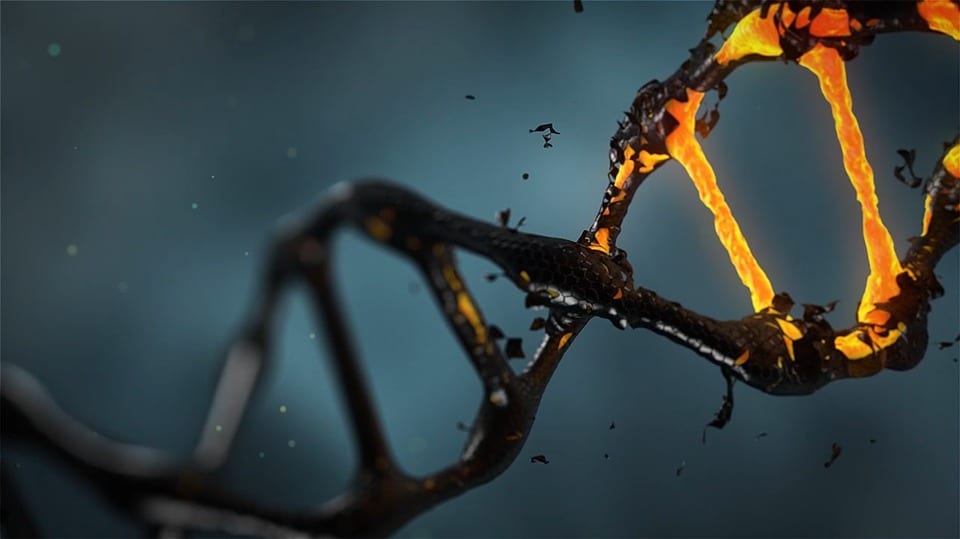

Researchers from the Qin lab have developed a microfluidic cell deformation delivery method that uses physical constriction to deform and shear cells for delivery.
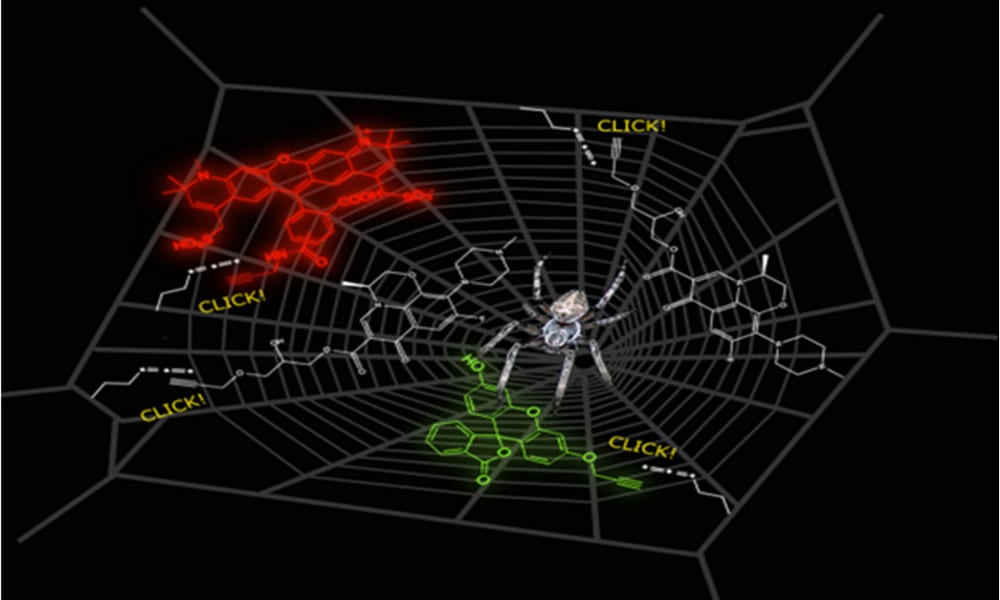
Researchers from the University of Nottingham report a novel method for making antibiotic spider silk.
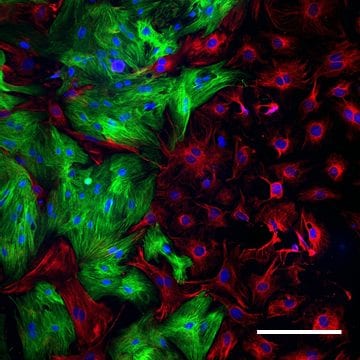
Zorlutuna and co-workers from the University of Notre Dame demonstrate muscle cells as diode components for biocomputing.
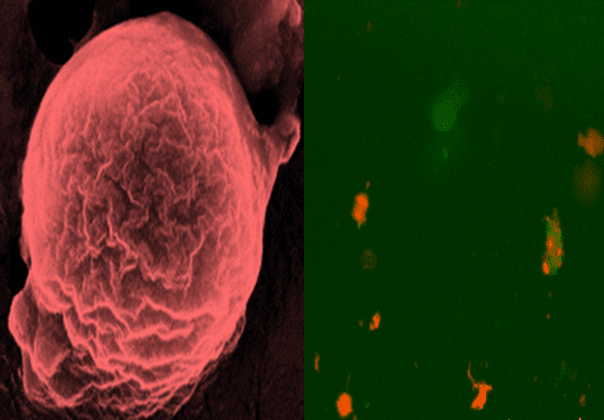
Researchers from Finland and the USA, have developed two multistage nanovaccines constructed of two biomaterials and either a biological cancer cell membrane (CCM) or a model antigen
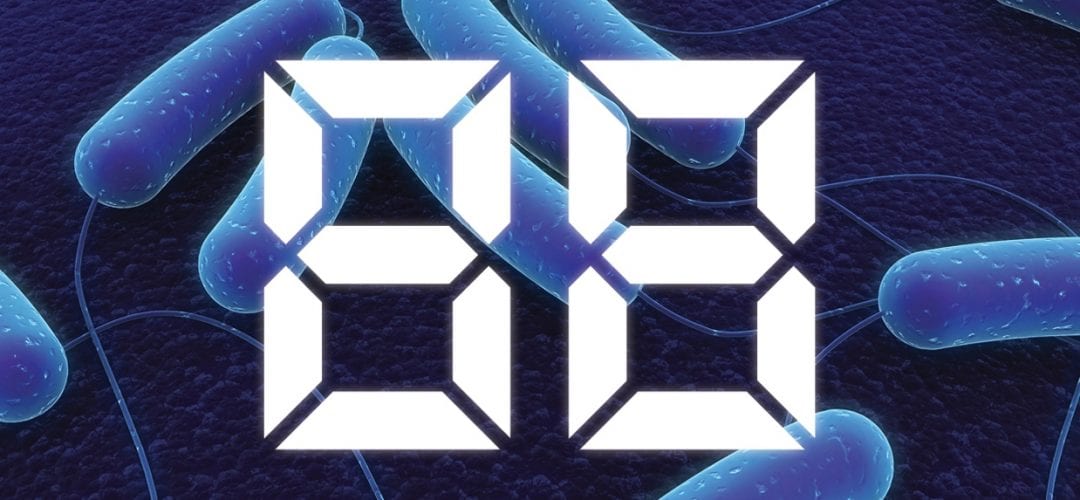
Magnetic bacteria devices can manipulate light similar to liquid crystals in display and spatial light modulator technology.
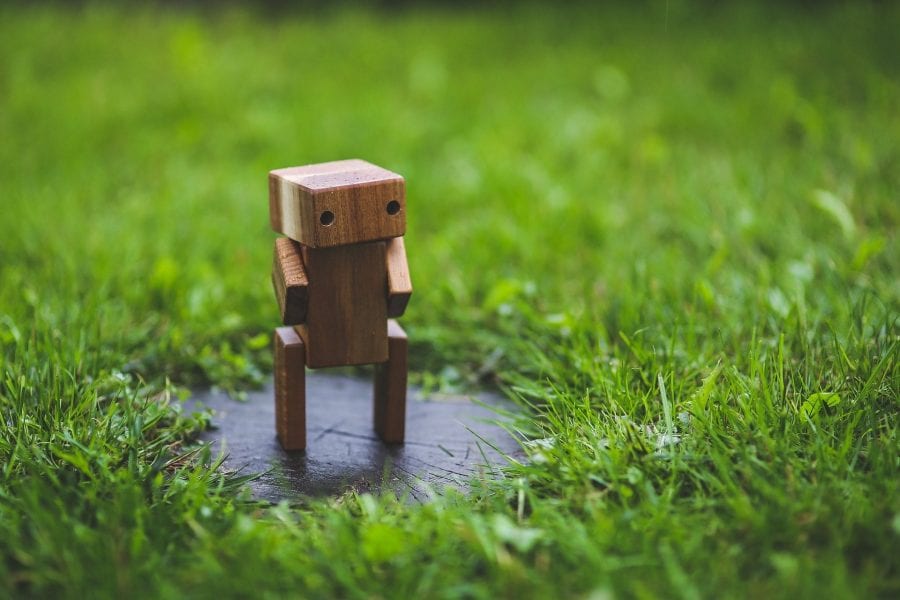
Micro/nanorobots to the rescue for environmental and medical applications.
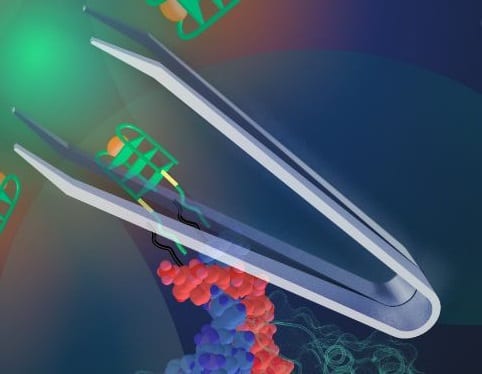
In a study published in the new journal Advanced Biosystems, scientists from the University of Hong Kong demonstrated that it is possible to use a DNA aptamer split across a tweezer such that the presence of the target protein triggers the DNA tweezer mechanism.
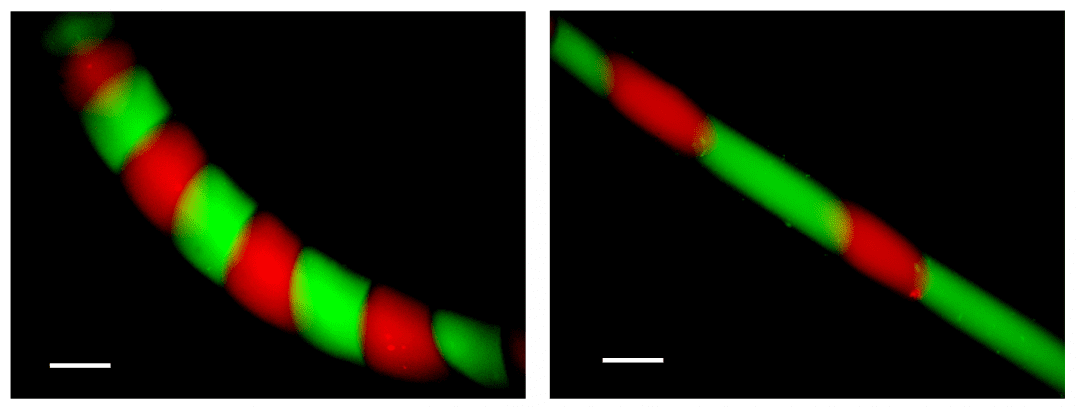
Jason Burdick and colleagues from the University of Pennsylvania, USA, and Tsinghua University, China report a general method for 3D bioprinting of photocrosslinkable hydrogels without limitations on ink viscosity.
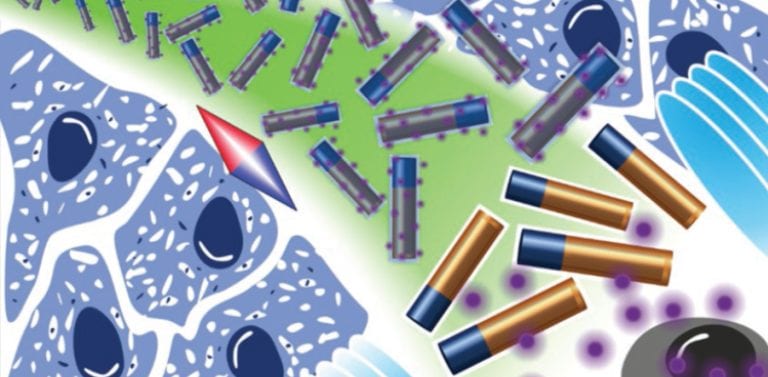
Salvador Pané and colleagues demonstrate core–shell magnetoelectric nanowires that can be triggered using different magnetic fields for targeted drug delivery to kill cancer cells.
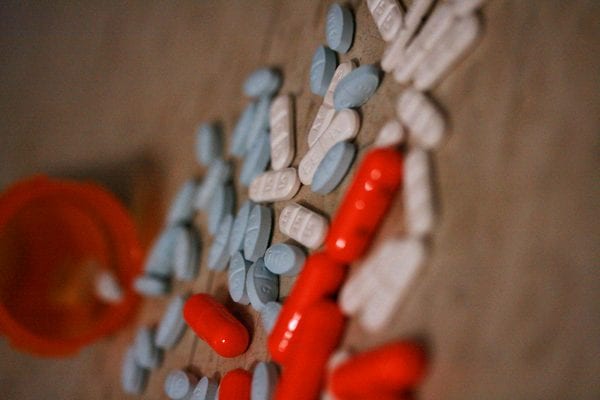
Researchers collaborating between the USA and the Netherlands have adapted a technique typically used for the removal of process-related impurities in order to separate out product-related impurities.